1. Black Cats: Luck or Misfortune
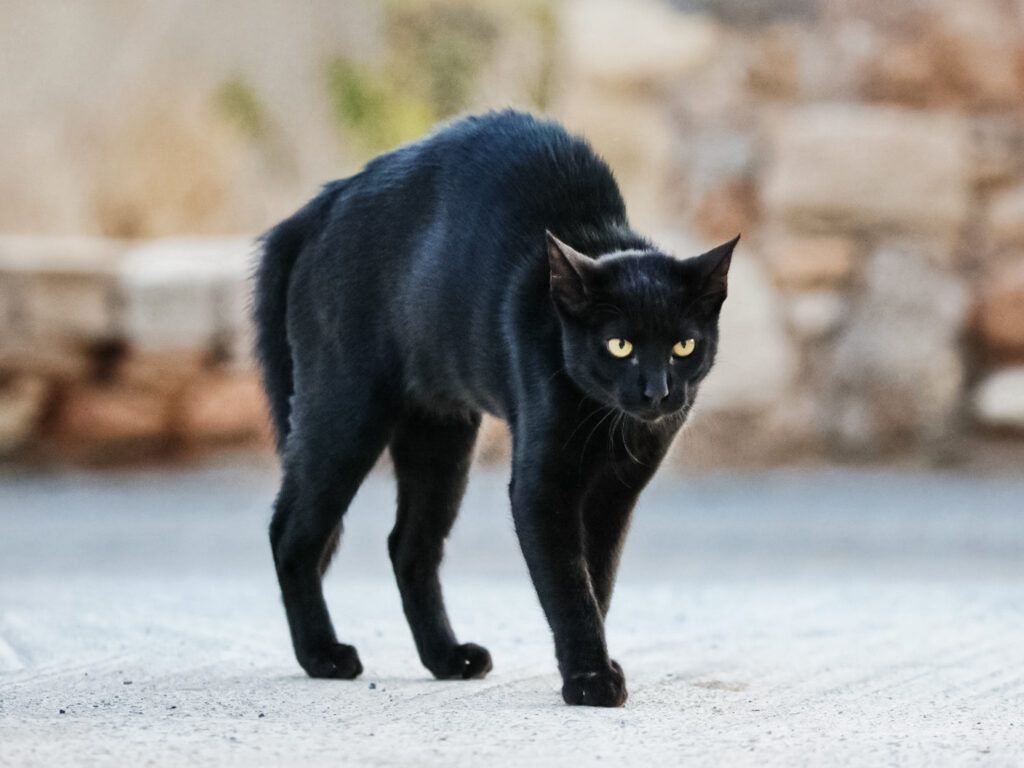
Before science formalized our understanding of the world, people encoded vital knowledge about survival, weather, and luck into stories about the animals around them. Black cats carried profoundly different meanings across cultures, demonstrating how the same animal could symbolize blessing or fear based on a region’s prevailing worldview. In medieval European towns, particularly where folklore tied them to witches and night spirits, a black cat crossing one’s path often signaled misfortune or impending spiritual danger, leading to widespread fear and persecution. Conversely, in Scotland, Japan, and many seafaring communities, these cats were highly valued. They were excellent rodent controllers, essential for protecting grain stores and keeping ships healthy, thus becoming symbols of prosperity, protection, and safe return from voyages. Their symbolism was a reflection of the human need for food security and safe passage, not the cat’s inherent nature.
2. Owls: Wisdom or Harbingers of Death
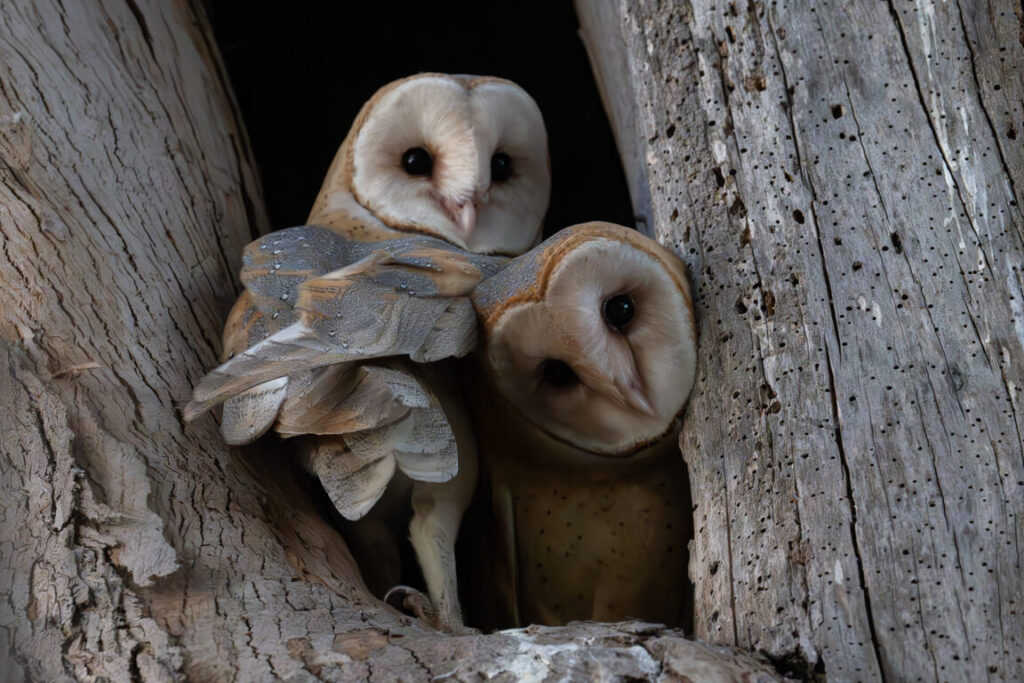
The owl’s symbolism often hinged on how a culture interpreted darkness and the unknown. Ancient Greeks revered the owl, associating it with the goddess Athena and linking its silent, penetrating gaze to knowledge, insight, and strategic thinking. However, in many rural European and African traditions, the owl’s nocturnal activity, silent flight, and haunting calls made it an omen of illness, a major life shift, or imminent death. When an owl called near a home, villagers took it as a serious sign that a fundamental change was approaching. This duality shows that the owl itself did not change; rather, it lived between worldviews where darkness either invited reflection or signaled danger.
3. Crows and Ravens: Messengers Between Worlds
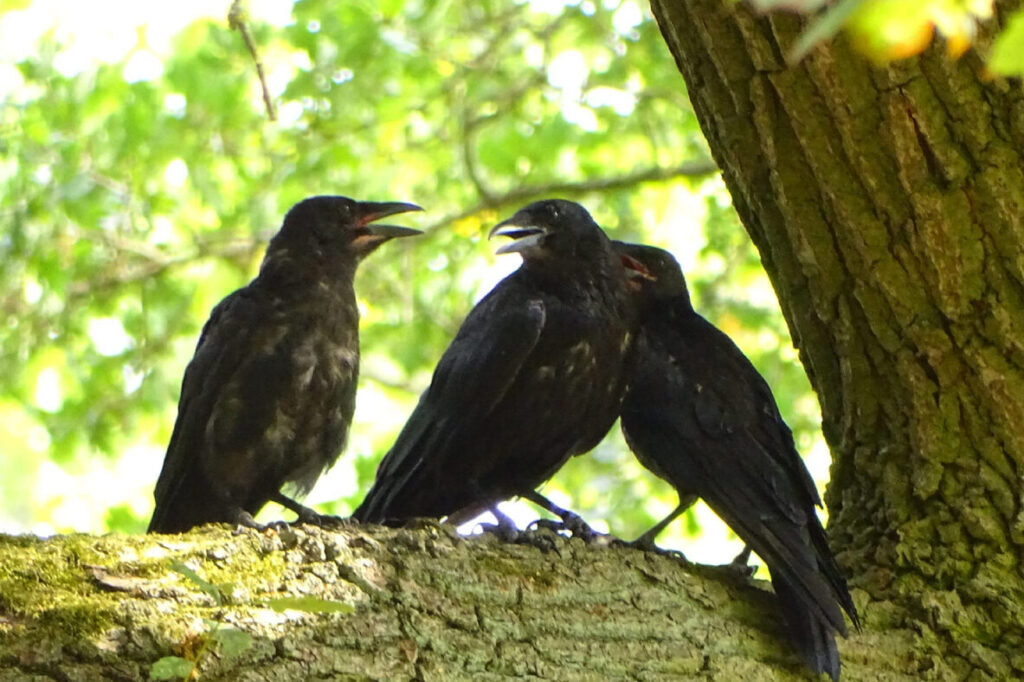
Due to their remarkable intelligence, their ability to remember faces, communicate as a group, and solve complex problems, crows and ravens were long believed to be messengers traveling between the living and spiritual realms. In Norse mythology, Odin’s ravens, Huginn (thought) and Muninn (memory), carried knowledge to the god. Similarly, Celtic and Native American traditions saw them as symbols of transformation and deep memory. While their intelligence suggested a connection to greater knowledge, in medieval Europe, large gatherings of ravens, often seen scavenging near battlefields or plague sites, gave them an ominous association with consequence and disturbance.
4. Crickets: Bringing Good Fortune Indoors
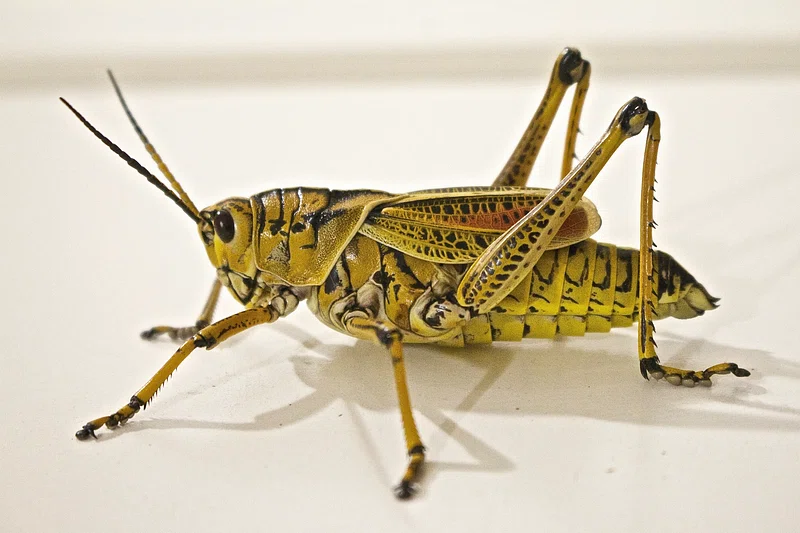
The presence of a singing cricket inside a home was historically viewed as a profound blessing, signifying a peaceful, stable, and auspicious environment. A comfortable, chirping cricket indicated that the dwelling was warm, quiet, and protected enough for the insect to thrive. Families believed it was vital not to disturb or kill the cricket, as doing so would disrupt the household’s luck and prosperity. In China, this belief was formalized, with crickets sometimes kept in ornamental cages and treated as cherished musical companions. The cricket’s song served as a subtle, yet powerful, natural reassurance of the home’s steadiness and protection from outside worries.
5. Butterflies: Symbols of Change and Returning Spirits

The butterfly’s spectacular transformation from a crawling caterpillar to a winged adult made it a universal symbol of change, transition, and the delivery of messages. A butterfly landing on a person was often interpreted as a sign of new beginnings, an emotional shift, or good news on the way. Due to their association with life’s profound cycles, some cultures, particularly in parts of Mexico and Ireland, believed butterflies represented the visiting spirits of loved ones who were briefly returning from the afterlife during specific seasons. Before mass urbanization, these daily sightings in fields and gardens served as regular, gentle emotional cues that narrated the ever-changing landscape of life and death.
6. Frogs: Weather Predictors and Harvest Indicators

For communities deeply reliant on agriculture, listening to the calls of frogs provided an essential, ancient form of environmental truth-telling and weather prediction. A healthy, vocal frog population was a reliable indicator that wetlands were full, water sources were stable, and rainfall patterns were favorable, suggesting a robust and successful crop harvest. Conversely, a sudden and eerie silence from the marshes could signal an impending drought or significant environmental strain. This observational relationship allowed people to manage their planting and water resources effectively. The frog’s calls were not mystical; they were the practical, direct communication of the local ecosystem’s health.
7. Bees: Carriers of Household Blessings

Bees were seen as fundamental partners in survival, symbolizing both community and essential sustenance due to the honey and wax they provided. So deeply ingrained was this relationship that some families adhered to the practice of “telling the bees” when a family member died. They would whisper the news of the death to the hive so that the bees would not abandon the home in grief, an act meant to ensure the continuity and stability of the household. The health of the hive directly correlated with the family’s well-being and prosperity. Today, efforts to protect bee populations are, in a way, a return to this ancient spiritual respect for their vital role.
8. Cats: Protectors of Home Stores
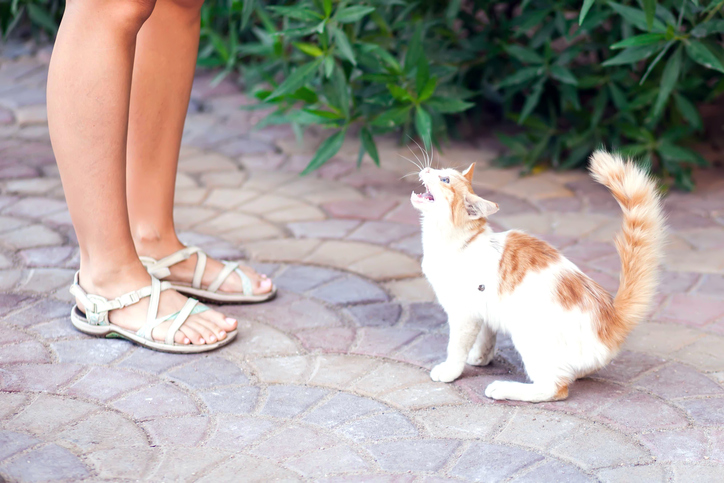
The superstitious belief that a cat brought luck and well-being to a family was rooted in a profound, practical reality: food security. Long before they were solely viewed as pets, cats were the primary guardians of stored grain, seeds, and kitchen larders, protecting them from disease-carrying and destructive rodents. A home with a cat was demonstrably less vulnerable to famine and illness than one without, meaning the cat was directly preventing hunger and loss. The luck associated with them appeared mystical later, but the core meaning was a survival logic: cats brought good fortune because they ensured the family’s continued stability.
9. Ladybugs: Symbols of Gentle Seasons and Good Harvest

The ladybug, or ladybird, earned its reputation as a symbol of blessing, ease, and uninterrupted growth due to its role as a vital natural defense for crops. By consuming aphids and other garden pests, ladybugs directly protected the food supply. When one landed on a person, it was interpreted as a sign of a healthy crop cycle and a period of non-stressful times for the farmer. The common custom of counting a ladybug’s spots to predict luck was a simple, charming way of encouraging agricultural awareness, teaching people to pay close attention to the small but impactful details of their environment.
10. Horseshoes: Strength and Protection Above Doorways

The belief that a horseshoe over the doorway conferred protection and good fortune originated from its strong symbolic elements. These included the protective quality of iron (thought to ward off spiritual harm), the crescent shape (often linked to ancient symbols of power and fertility), and the animal it represented. Horses were crucial providers of transportation, labor, and strength. Therefore, hanging a horseshoe was initially a proud statement of the home’s identity, a declaration of stability, effort, and movement. Though later simplified to a generic symbol of good luck, its root meaning was tied to the foundational stability provided by shared physical labor.
11. Rabbits’ Feet: Charms of Resourcefulness

The practice of carrying a rabbit’s foot as a personal good-luck charm emerged in various hunting and survivalist cultures. In these settings, the rabbit was revered for its remarkable resourcefulness, speed, and ability to constantly renew its population. Carrying a part of the animal was meant to ritually connect the bearer to these powerful survival traits, ideally imparting the rabbit’s agility and luck to the owner. Over time, as societies became less centered on hunting, the context was lost, and the charm morphed into a commercialized novelty. The original meaning, however, was a deep, respectful acknowledgment of the animal’s adaptability.
12. Roosters: Triumph of Light Over Darkness
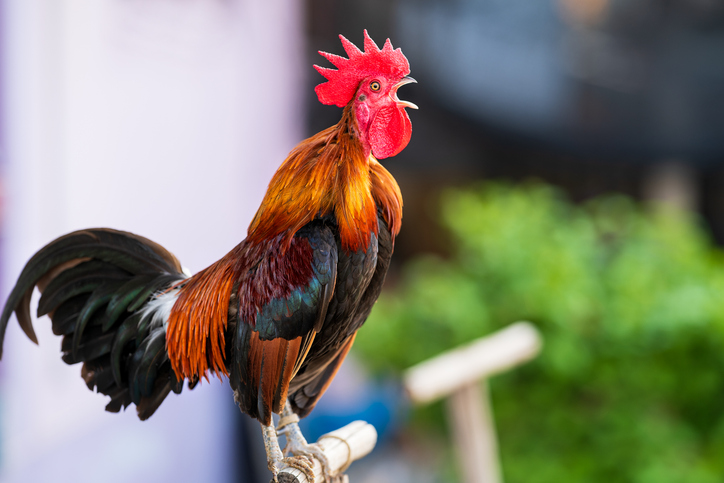
Before the advent of electric lighting, the hours of darkness were profoundly symbolic, representing uncertainty, risk, and the domain of the unknown. The rooster’s loud, punctual crow at dawn was not just a sound; it was a potent signal, reassuring entire communities that the morning would return and the dangers of the night had passed. For this reason, in many traditions, roosters were seen as fierce spiritual protectors of the household, actively driving away the metaphorical and literal shadows. Though the mystery of night has been diminished by modern technology, the emotional core of the rooster’s symbolism as a bringer of light remains powerful.
13. Dolphins: Signs of Safe Sea Passage

For millennia, sailors viewed dolphins as welcome signs of a smooth journey and prosperity at sea. Dolphins are often found traveling near calm waters and abundant schools of fish. When a pod appeared, it was a practical indication, based on long-term observation, that the immediate area was safe, productive, and navigable. The belief that dolphins brought luck was thus grounded in empirical evidence, not pure myth, as their behavior reliably correlated with good conditions. While industrialization has reduced direct human-animal interaction at sea, the instinctive joy of spotting a dolphin today is a powerful echo of this ancient, trust-based relationship.
14. Spiders: Household Guardians and Health Aids
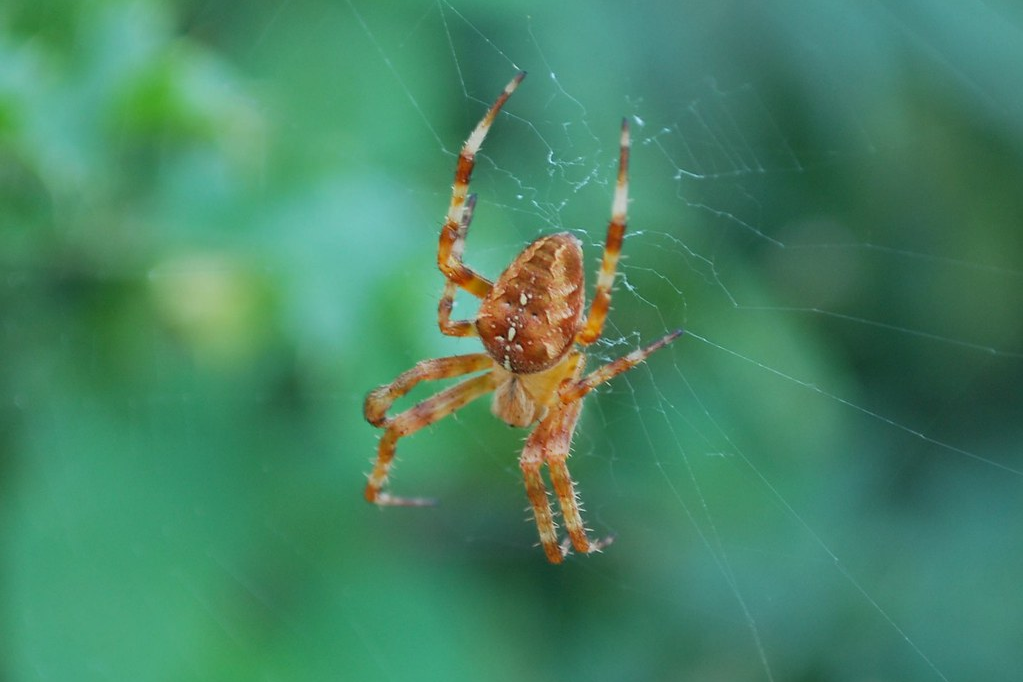
The seemingly contradictory belief that killing a spider would bring misfortune was, in reality, a form of ecological self-protection for the household. Spiders acted as crucial natural pest control, effectively managing populations of biting insects that could spread illness, spoil stored food, and ruin sleep. Allowing a web to remain indoors, particularly in areas like cellars or food storage spaces, was an acknowledgment of the spider’s contribution to the overall health and safety of the family. The superstition ensured the valuable natural balance within the home was protected by preventing the immediate and real consequences of removing this helpful predator.
15. Turtles: Anchors of Longevity and Stability

The turtle, with its slow, deliberate movements and exceptionally long lifespan, was revered across many cultures as a symbol of endurance, patience, and generational continuity. Keeping a turtle, or seeing one regularly in a garden or near a well, was believed to anchor the home, ensuring that the family and its dwelling would remain stable and endure across the passage of time. The turtle’s hard shell symbolized protection against external hardship. In a time when deep rootedness and generational residency were the norm, the turtle’s symbolism provided a powerful emotional framework for viewing the family’s long-term future.
16. Cows: Grazing Behavior Predicting Rain

Before barometers and digital forecasts, communities meticulously watched the behavior of their livestock for accurate, local weather signals. When cows were observed lying down or gathering closely together, it often indicated that the barometric pressure was dropping, which made rain likely. This was not a magical prediction; it was a sophisticated, observation-based form of agricultural meteorology. Farmers knew the behavior helped them decide when to bring in hay or shelter animals. As weather forecasting became digital and centralized, this intimate, relational form of knowing the local environment slowly faded, though the physiological behavior of the cows remains accurate.
17. Goats: Resilience and Misfortune Resistance
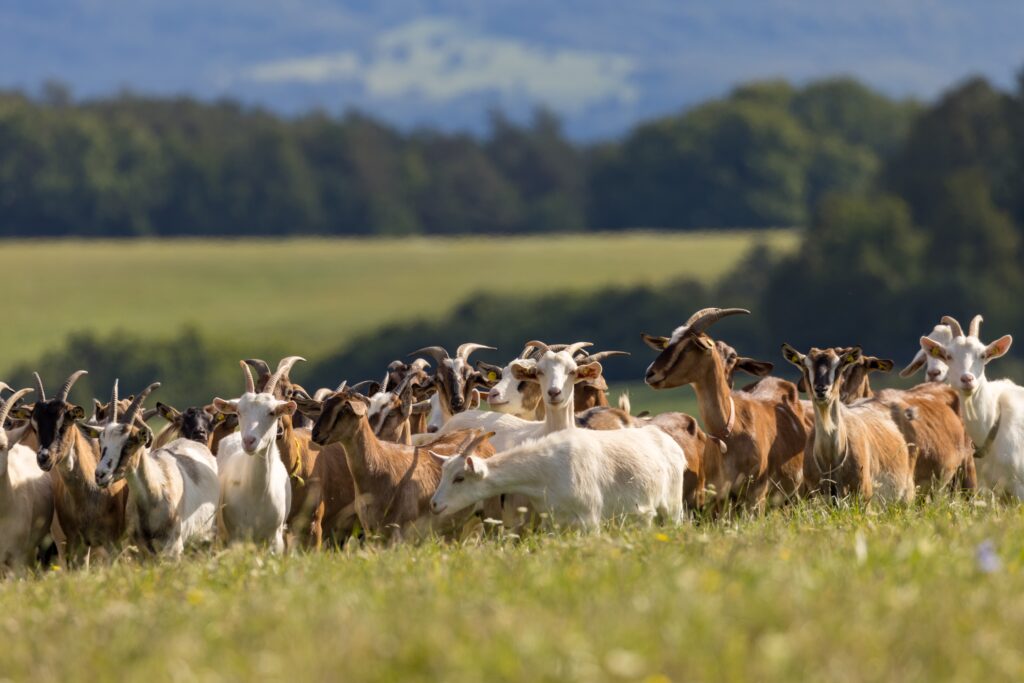
The belief that goats could “push bad luck away” or resist misfortune originated from their incredible resilience and resourcefulness as livestock. Goats possess the ability to survive and produce milk on sparse or challenging land where other animals might fail. In times of widespread crop failure or famine, households that owned goats often fared better and remained fed, a tangible demonstration that they could weather hardship more effectively than their neighbors. The superstition was therefore a story-based translation of basic survival logic, where the physical hardiness of the goat was anthropomorphized into spiritual protection.
18. Ravens: Storm Predictors
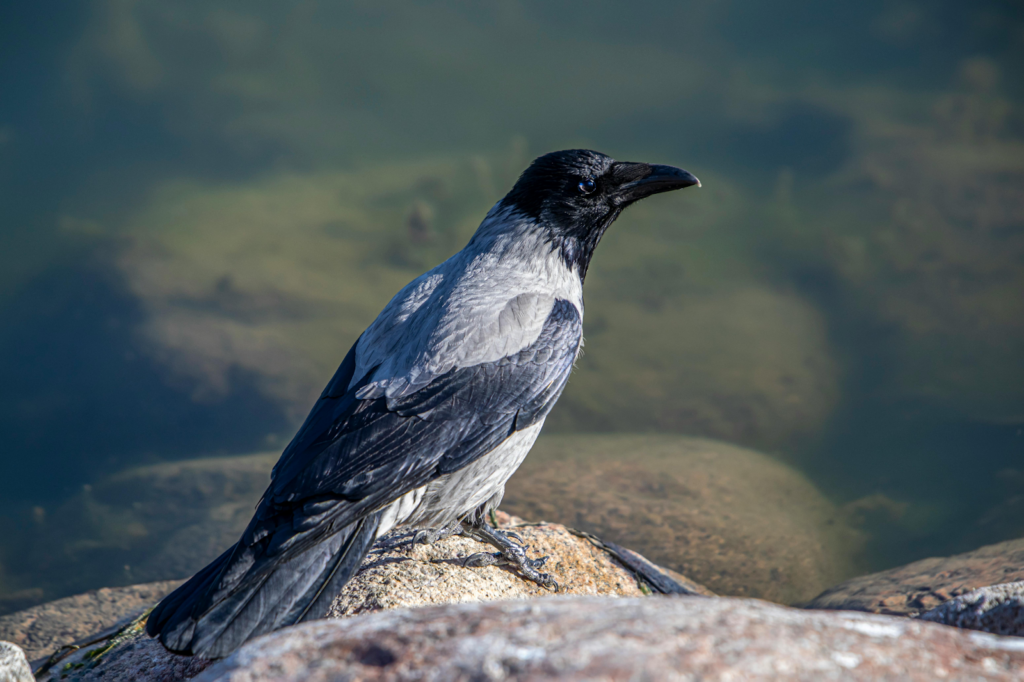
The raven’s distinctive behavior in response to atmospheric changes made it a reliable instrument of early meteorology for communities on open plains or near coastlines. Ravens change their flight height, feeding patterns, and call behavior significantly when atmospheric pressure is shifting, a key indicator of approaching severe weather. By observing the flock’s activity, people could effectively predict the arrival of storms, giving them time to prepare shelters or secure their resources. This deep observational knowledge was performed through listening and watching the birds, a critical, practical skill that kept people safe before written forecasts were available.
19. Fish: Jumping at Riverbanks Signaling Seasonal Turnover

The sight of certain fish species surfacing or leaping at riverbanks during particular times of the year was an important natural cue that signaled temperature shifts and oxygen changes in the water. These changes often coincided with a major seasonal transition. For communities whose lives revolved around natural rhythms, this natural behavior provided a concrete signal that informed their essential activities, such as when to begin travel, adjust farming schedules, or organize their gathering and hunting. This direct, biological cue served as an environmental calendar long before written or printed calendars were common.
20. Fox Calls: Marking Boundary and Awareness
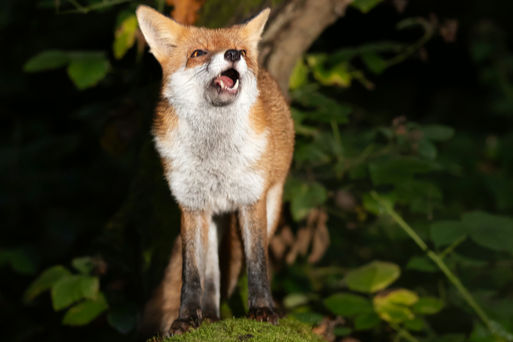
The sound of fox yips and calls echoing through the night served as a constant, potent reminder to human communities that the wild world existed immediately outside the circle of the firelight and the security of their fences. Their nocturnal presence shaped the psychological awareness of shared land and the boundary between the domestic and the untamed. The fox’s call was a form of communication that helped people manage their fear, vigilance, and resources. When the sounds of the fox grew scarce, it often signaled human expansion, urbanization, and a corresponding ecological loss of the wild space.
21. Why These Beliefs Endured

These deeply rooted animal superstitions persisted for centuries because they were, at their core, practical, sophisticated forms of environmental knowledge encoded into memorable stories and community memory. The animals surrounding daily life were not just creatures; they were weather instruments, survival partners, natural pest control, and emotional touchstones. They provided essential, verifiable data about the health of the ecosystem and the safety of the family. The need to listen to these cues only faded when human life increasingly moved into artificial, climate-controlled environments, but their meaning, once rooted in function, remains a quiet reminder of our ancient connection to the natural world.
What other animal superstitions do you know? Tell us in the comments!
This story 21 Animal Superstitions That Quietly Shaped Everyday Life for Centuries was first published on Daily FETCH


